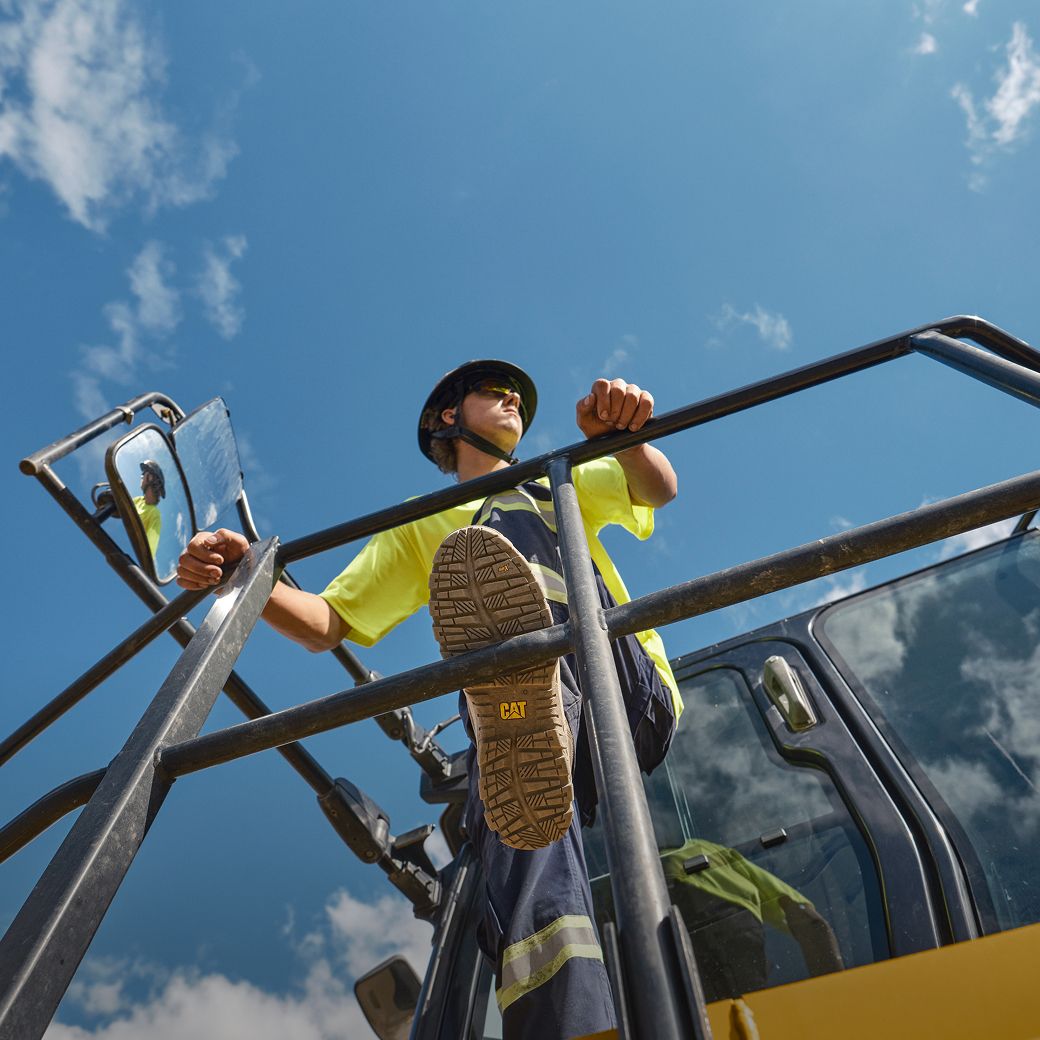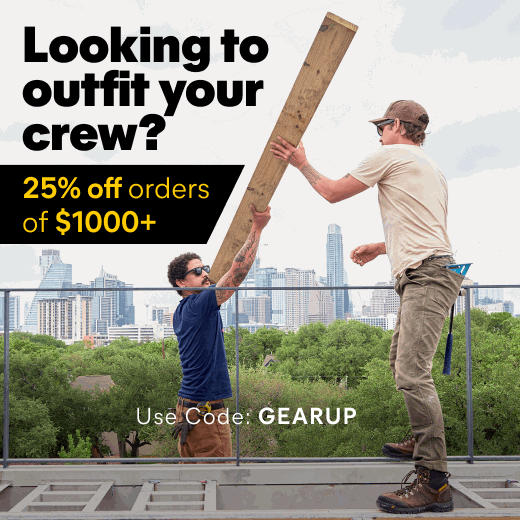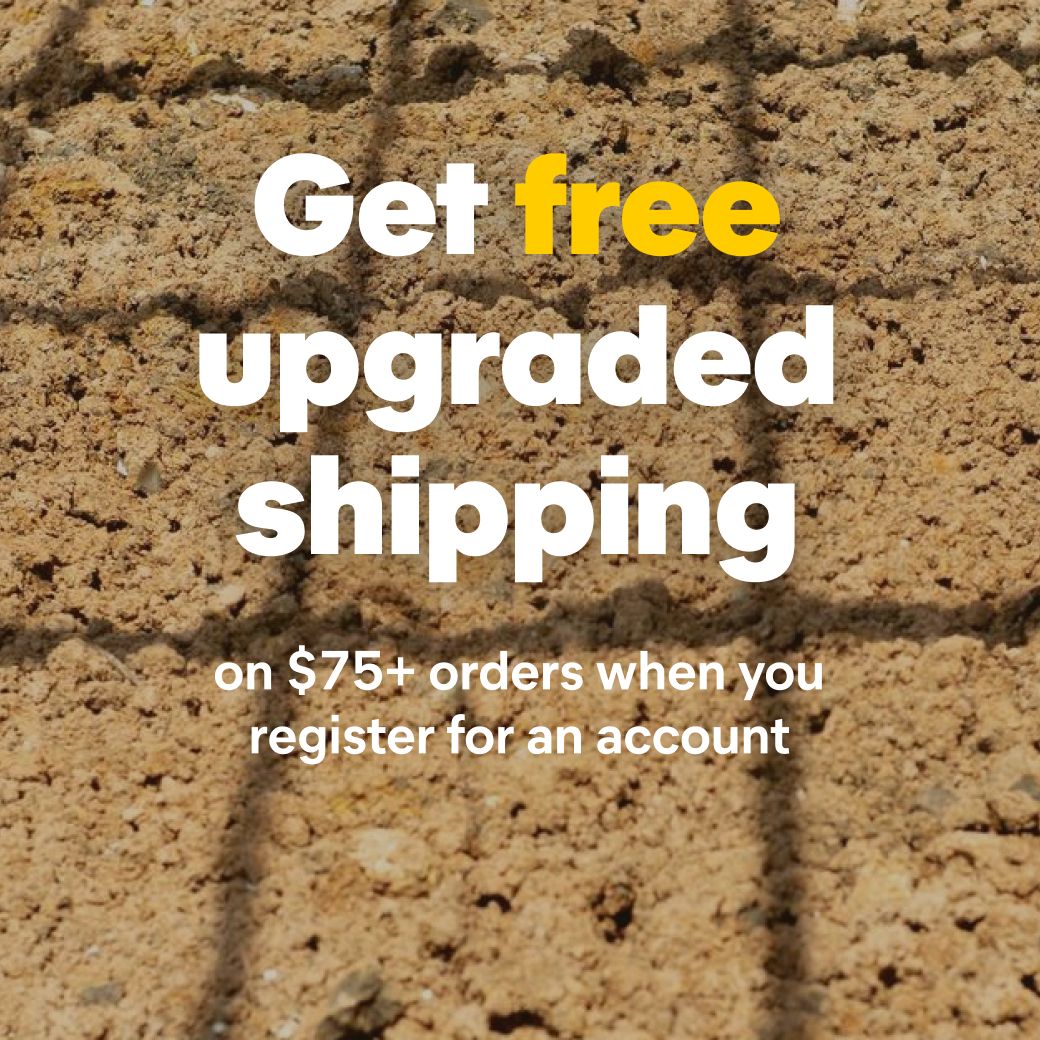SUMMERSALE: Enjoy 25% off select full price styles at catfootwear.com through 11:59PM ET on 7/16/2025, or while supplies last. Use code SUMMERSALE at checkout. Valid on styles on the Summer Sale page. Not valid on Prodeal purchases, prior purchases, select full price merchandise, doorbuster deals, new arrivals, select sale merchandise, apparel, gift cards or e-cards, or purchases from retail stores or other websites. Additional product exclusions may apply. Cannot be combined with any other coupon or discount.







